We’ve all heard the downsides of elevated cortisol levels. But did you know that cortisol isn’t all bad? Our bodies make cortisol to help us get out of bed in the morning, maintain energy levels throughout the day, and assist in our overall health and wellbeing. But, when our cortisol levels are out of balance, our whole body is, too.
Fight or Flight
Cortisol is produced by the adrenal glands as part of the sympathetic nervous system, or our “fight or flight” system. Human evolution created this system to keep us safe: when our ancestors perceived a threat from a tiger coming to chase them, the body prepared by increasing cortisol levels drastically in order to keep them safe. Nowadays, there is no tiger, but our bodies perceive stress in the same way. So, whether we're worried about a big presentation or taking our kids to soccer practice while juggling 16 other things, our body responds in the same way as if a tiger was coming to chase us: by shooting our cortisol levels up. This triggers alarm bells within our bodies; our brains constantly think we’re in danger, and our cortisol levels shoot up, and stay up.
This state of chronic, high stress leads to our cortisol levels being far from normal, leading to various health issues, including anxiety, insomnia, depression, inflammation, and thyroid problems. It’s now more important than ever to listen to our body and implement de-stressing techniques (like our favorite breathing technique) whenever you feel stressed.
Cortisol Control
However, cortisol is essential for human functioning. Chronic stress and excessive, vigorous exercise simply puts it way into overdrive. Cortisol is key in keeping our energy levels consistent throughout the day and plays a role in the maintenance of other vital hormones, including estrogen and thyroid hormones. Cortisol is a control system for our bodies; normal levels raise blood pressure and blood sugar when they need to be used, and cortisol assists in returning these levels back baseline when the body is at rest. However, chronic stress creates an imbalance within our bodies, leading to cortisol being released at the wrong times. High cortisol levels feel similar to symptoms of anxiety–a tense body, a racing mind–making it difficult to focus and challenging to balance our mood. A vicious cycle is created, leading to an overload of cortisol and an adrenal exhaustion response.
The Cortisol Curve
Ideally, cortisol levels are highest right when we wake up, helping us to start our day off in a positive way. Our levels decline slowly throughout the day until we go to bed at night. This pattern helps our rest and wake periods of sleep to stay constant, and allows our body’s various functions to work properly.
A healthy curve begins with cortisol levels being lowest at 3 a.m., when our bodies are (hopefully!) in a deep sleep, resting and rejuvenating us for the day ahead. Cortisol levels begin to rise, peaking around 8 a.m., which is when many of us are beginning our days.
Although, inadequate sleep, high stress, excessive exercise and too much caffeine can all contribute to us feeling not-so-great. This goes for our cortisol levels too! If you’re feeling especially fatigued, irritable, exhausted but hyper at the same time, or overly anxious right when you awaken or when you’re trying to fall asleep, these could all be warning signs of our cortisol spiking at the wrong time.
The Cortisol Cure
Cortisol might seem complicated, but rest assured, we’ve got you covered. Basic wellness strategies and mindfulness techniques can be extremely helpful for overall health, especially when it comes to keeping our stress levels normal. Keep reading to learn how to keep you, and your cortisol levels, feeling your best.
- Sunlight first thing in the morning: Natural light plays an important role in regulating our body’s production of melatonin, which is essential for proper, adequate sleep. Light decreases the production of melatonin, waking us up and giving us energy for the day, while stimulating the production of serotonin, a neurotransmitter responsible for stabilizing mood. Practice relaxing: Life is stressful, we get it. With deadlines approaching, responsibilities galore, and having to cross things off the never-ending to-do list, it’s probable that you’ve gotten used to being under high stress. With even just 10 minutes of mindfulness and meditation, you can learn to relax the body and calm the mind, lowering stress levels and getting your cortisol curve back to normal. Check out this blog post to learn more about yoga and mindfulness.
- Take Calm right when you wake up: Our tranquil blend of 4 herbs, minerals, and vitamins help relax the body and mind. Together, these ingredients promote a state of calm by relaxing muscles, releasing tension, increasing calming chemical messengers in the brain and slowing down spiraling thoughts. Calm Alchemy Capsules are great to take during any point in the day, whenever you feel like you need to chill out a little. They’re non-drowsy and gently relax the body and mind with no unpleasant side effects.
This blog post is purely informational and does not imply any evaluation by the Food and Drug Administration. This blog post is not intended to diagnose, treat, cure, or prevent diseases, nor should it substitute for advice from a healthcare professional.
References:
Andra Petrescu, et al. “How to Balance Your Cortisol Levels.” Experience Life, 23 Feb. 2022, https://experiencelife.lifetime.life/article/the-cortisol-curve/.

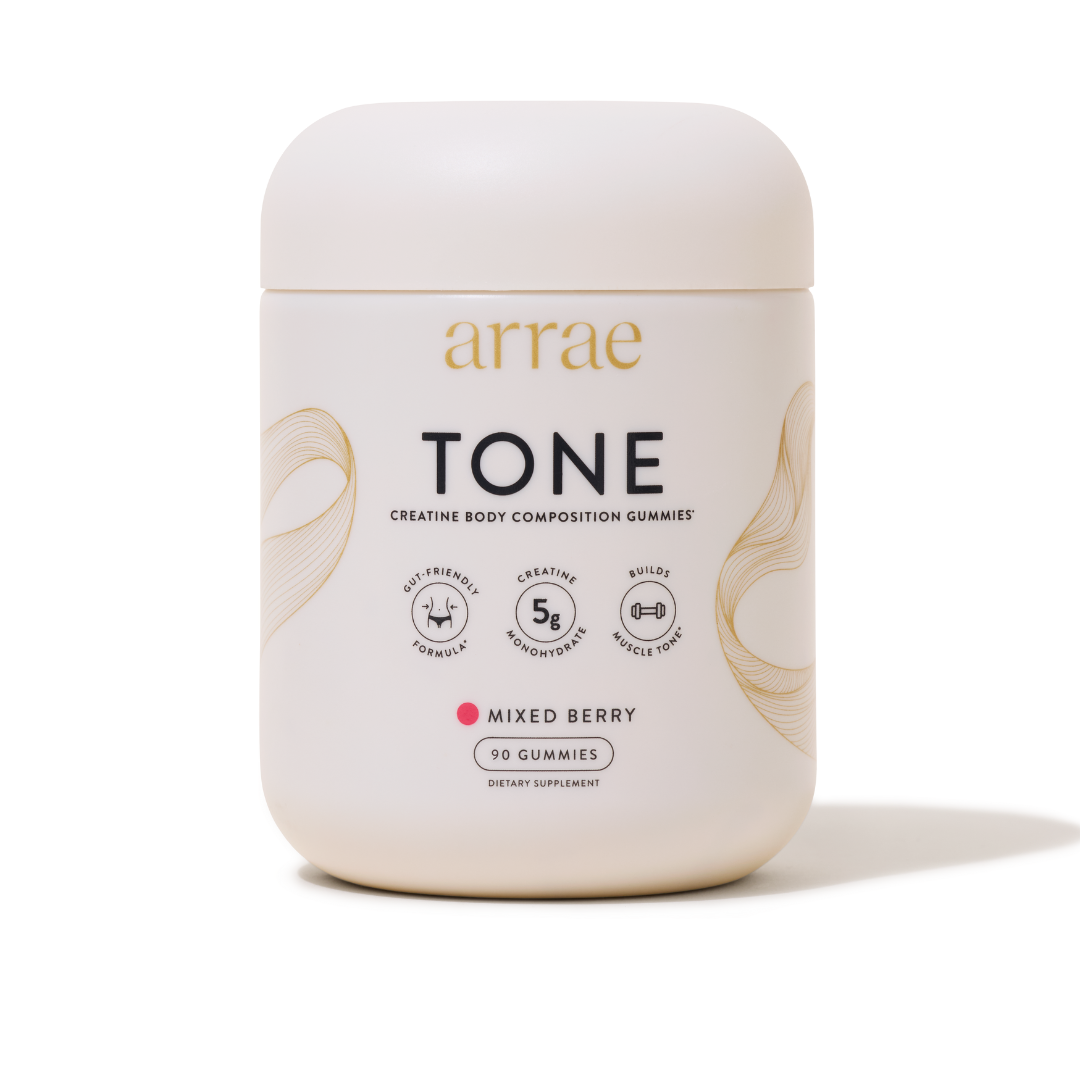



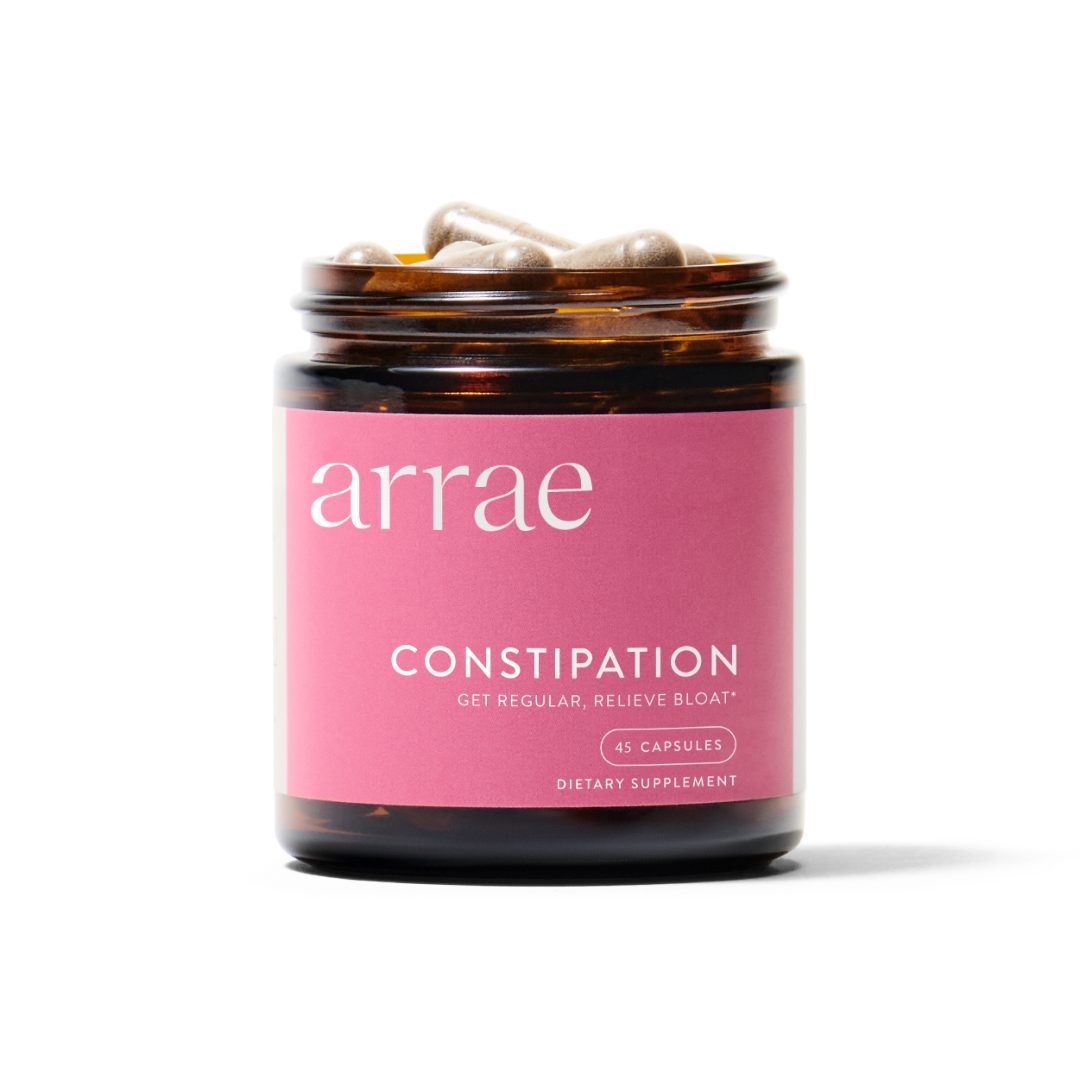


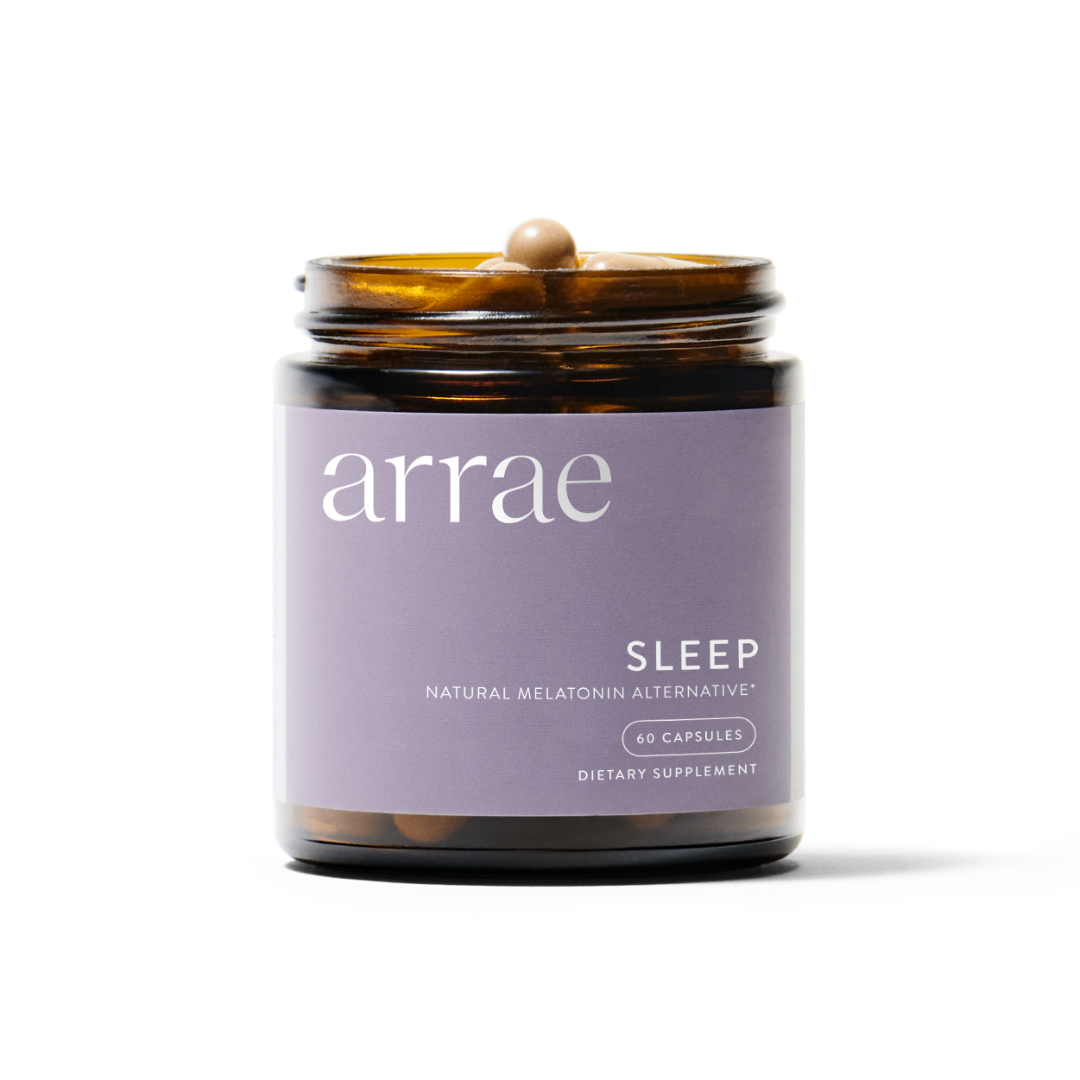
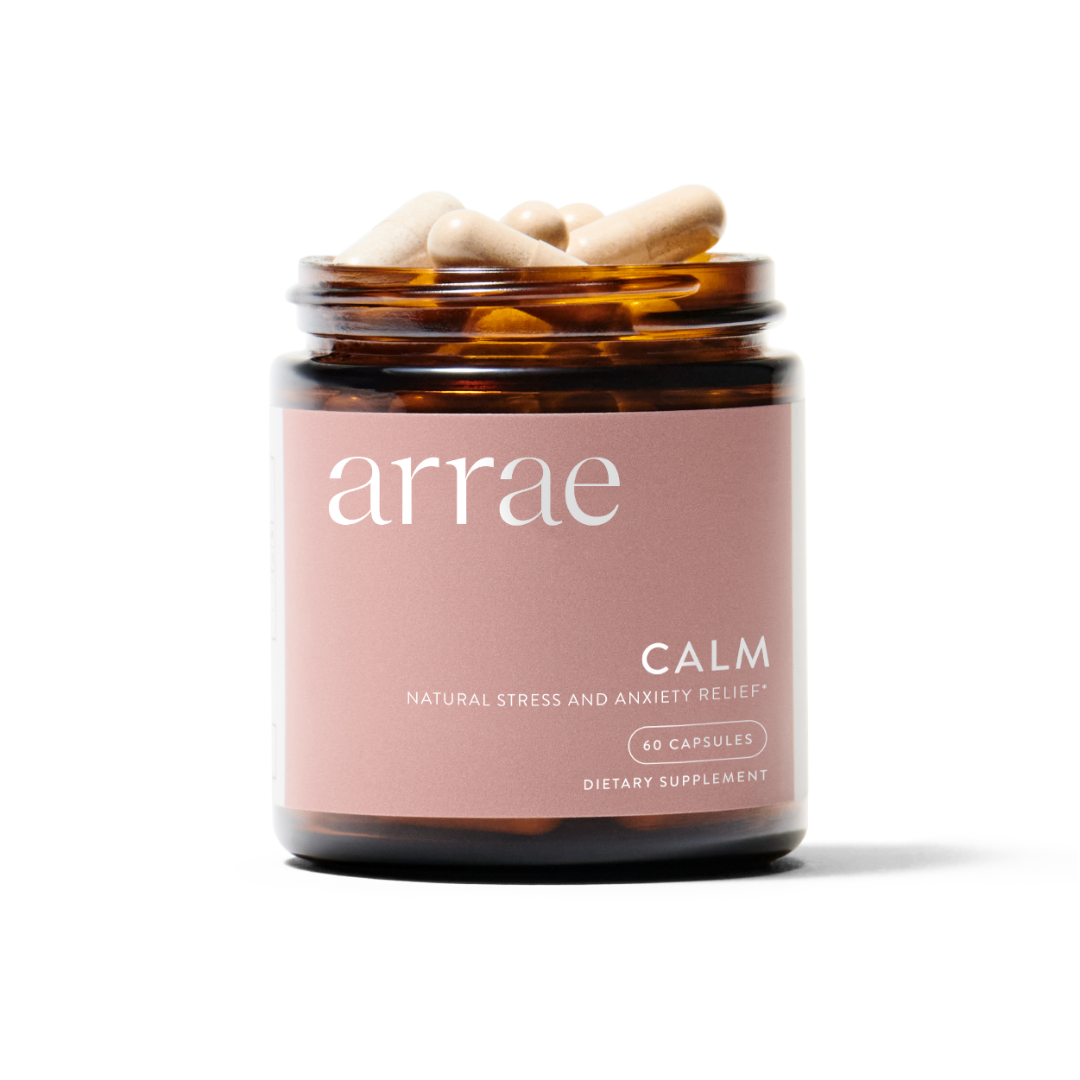

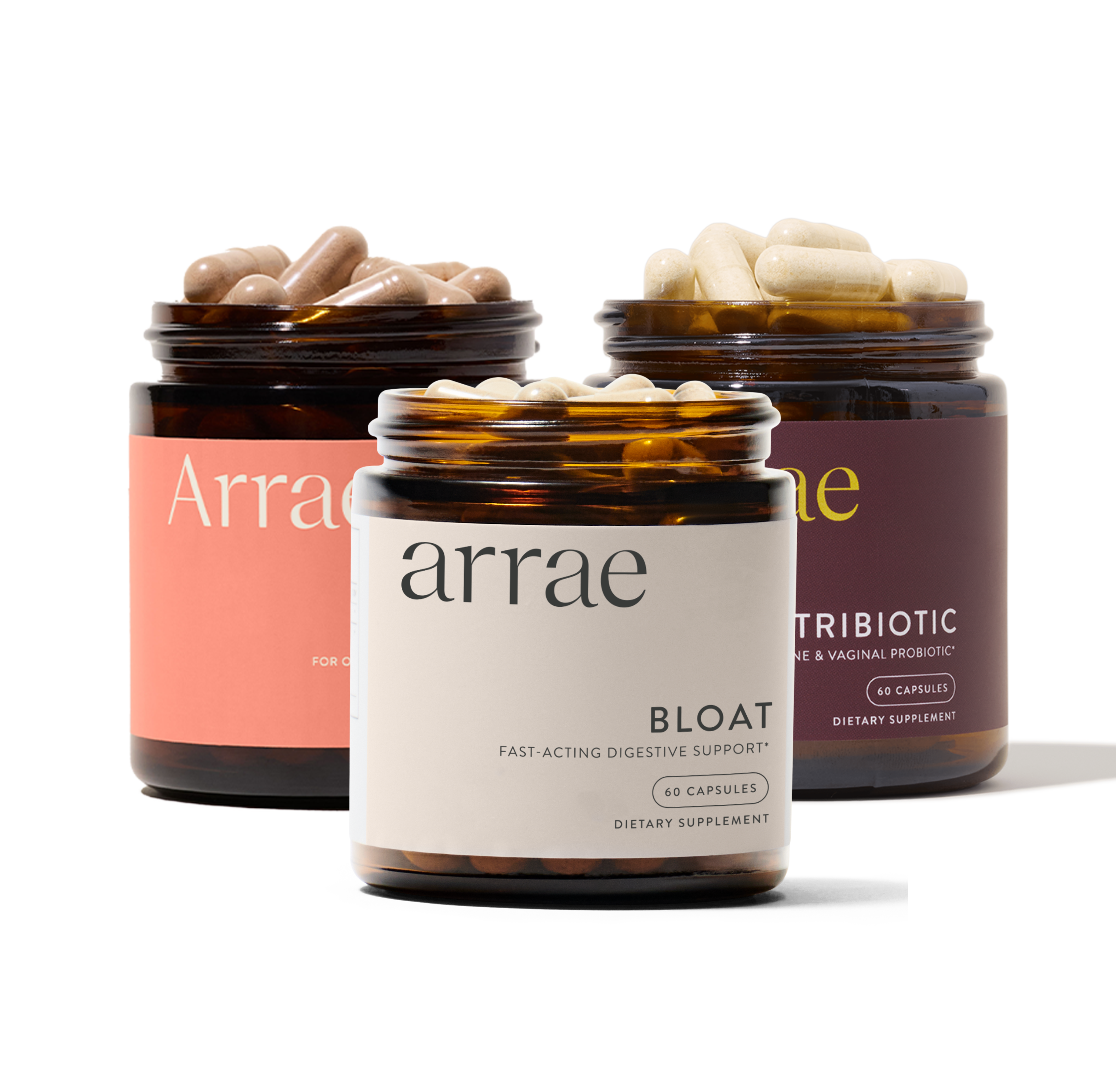









 Instagram
Instagram TikTok
TikTok Youtube
Youtube Facebook
Facebook Email
Email